In the realm of dental history, the 1930s was an era of burgeoning innovation, setting the stage for advancements that would shape the future of prosthodontics. Among these innovations, the gnathograph emerged as a pivotal tool designed to measure the fit of artificial teeth with accuracy.
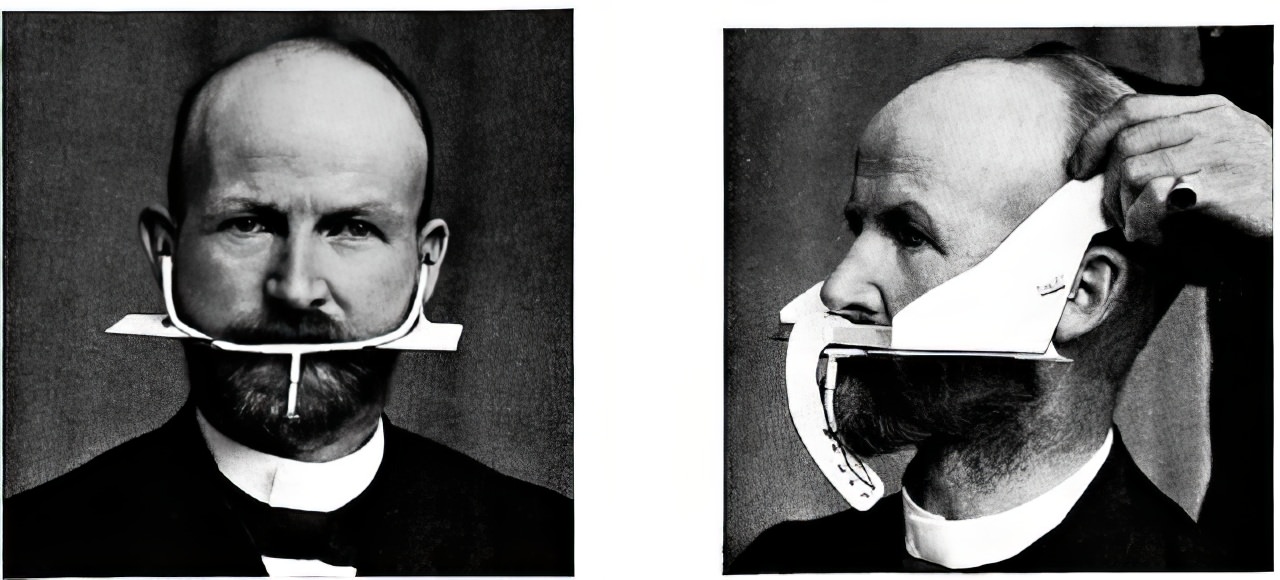
The gnathograph was ingeniously designed to capture the complex movements of the human jaw in three dimensions. It featured an intricate arrangement of arms and dials that were carefully adjusted to follow the patient’s jaw movements. This device was capable of recording both the vertical and horizontal motions of the jaw, including chewing, grinding, and the side-to-side movement that occurs during normal speech and eating.
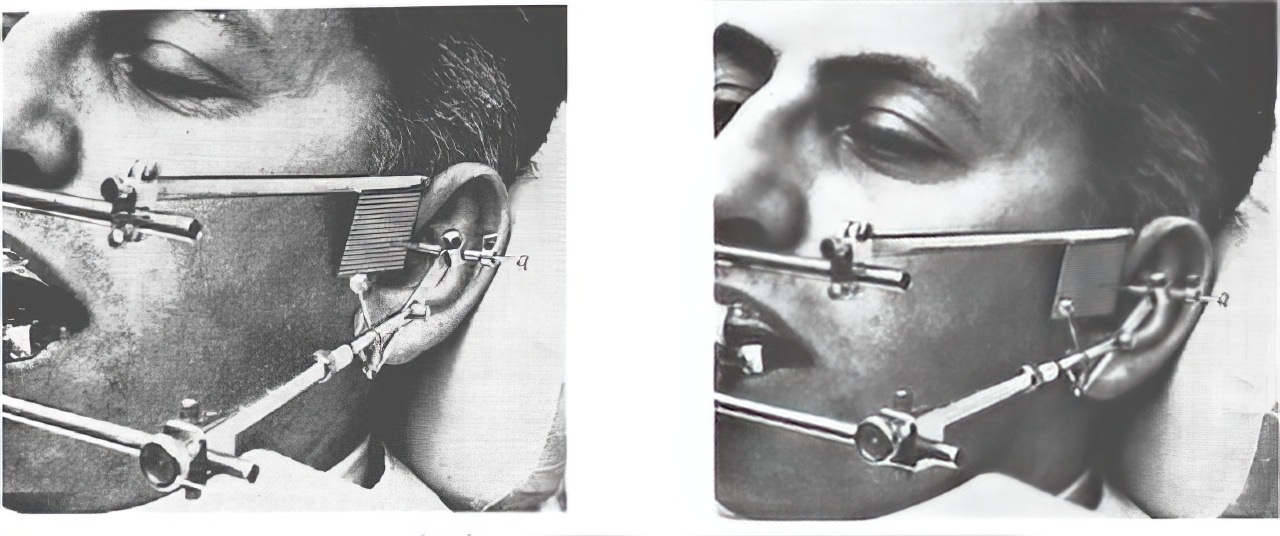
Patients would have the gnathograph fitted to their jaws, where it would then trace their movements onto a recording medium. These tracings provided a detailed map of how the patient’s jaws related to each other, moving beyond simple open-and-close actions to include the nuanced movements critical for natural jaw function.
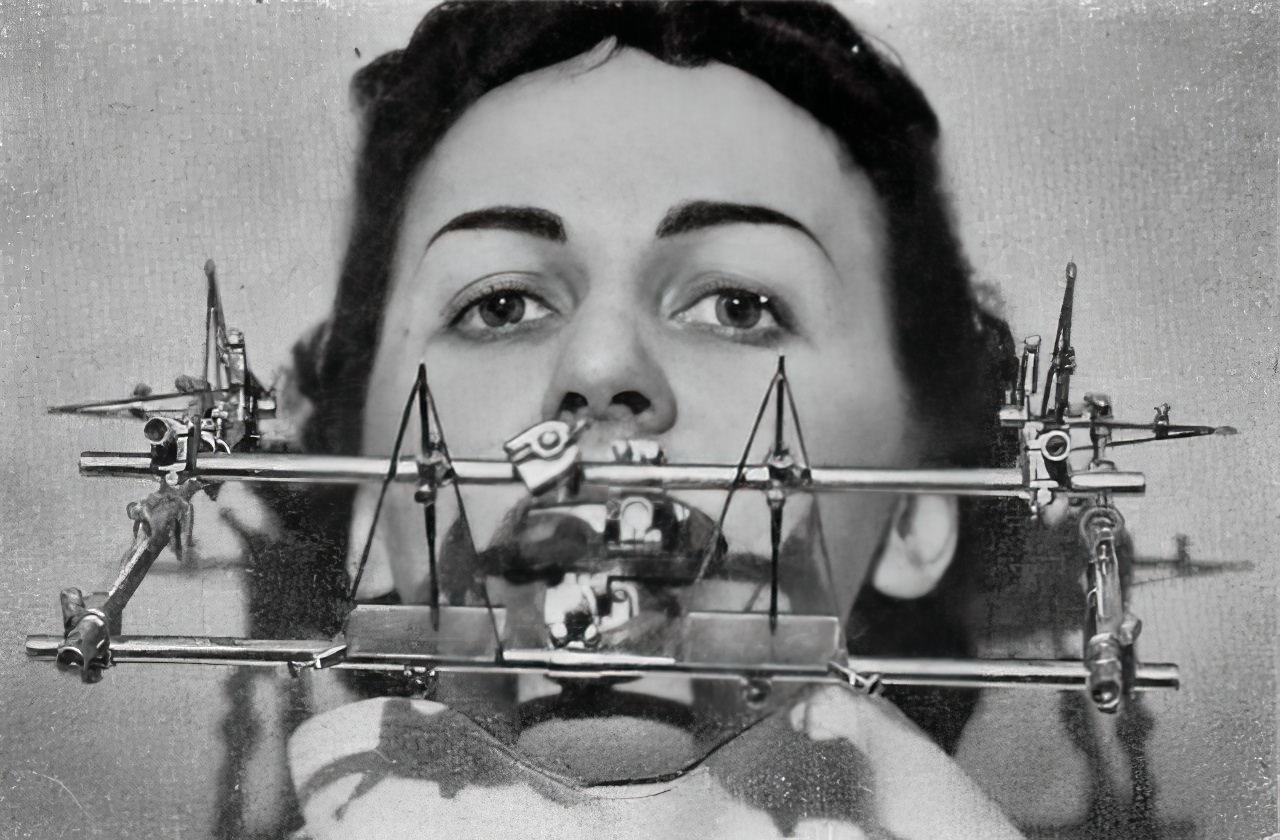
Armed with the precise data collected by the gnathograph, dental professionals were able to design and fit artificial teeth with a level of accuracy that was groundbreaking. This precision in measurement translated into prosthetics that offered not only a superior fit but also significantly improved functionality and comfort for the wearer.
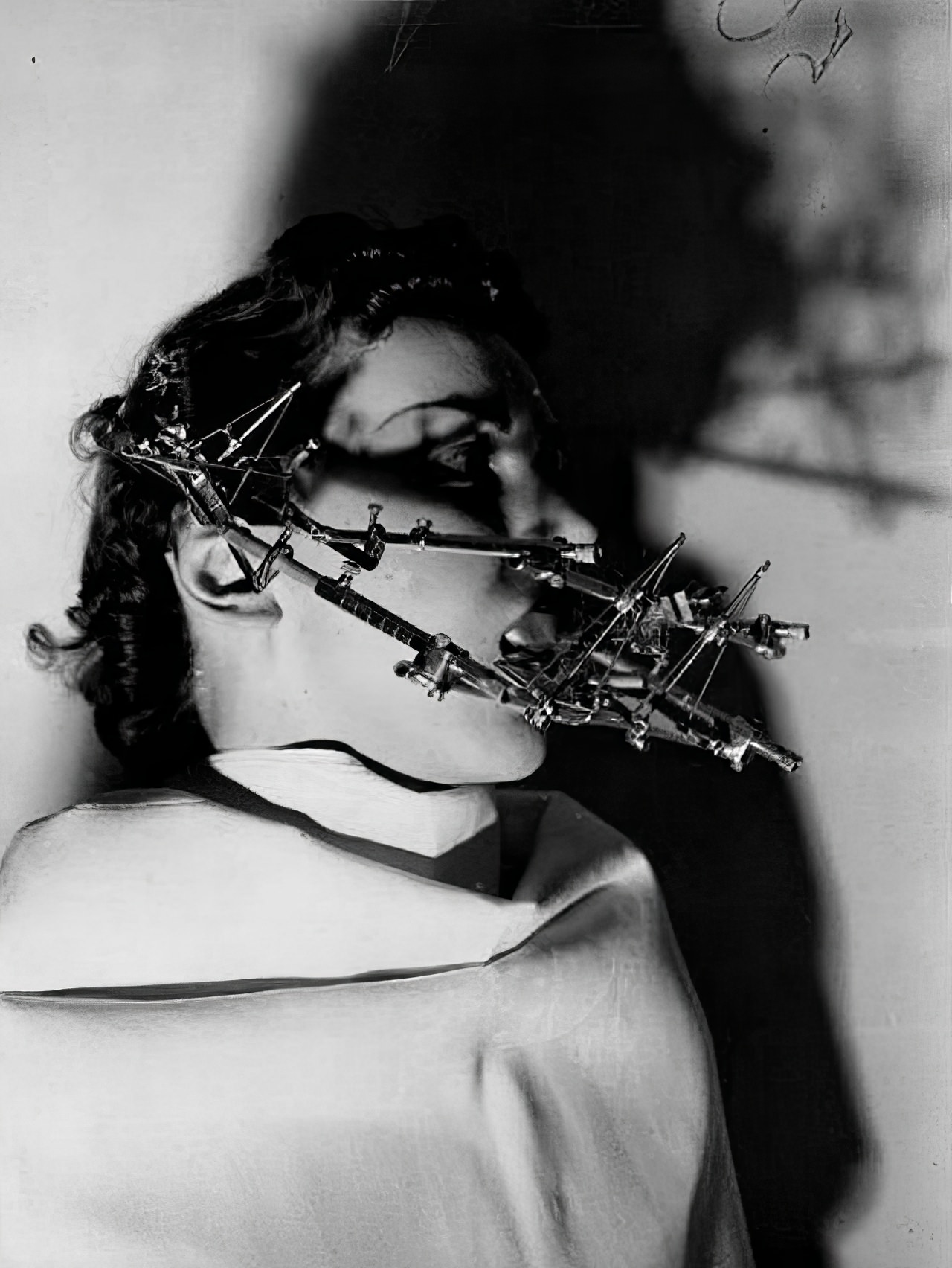
The detailed information captured by the gnathograph was then applied to the crafting of dental prosthetics. This often involved transferring the recorded jaw movements to an articulator, a device that mimicked the patient’s jaw movements. Here, the dental technician could arrange the artificial teeth to ensure they would move in harmony with the patient’s natural jaw movements, a critical factor in the successful fit of dentures and other dental appliances.
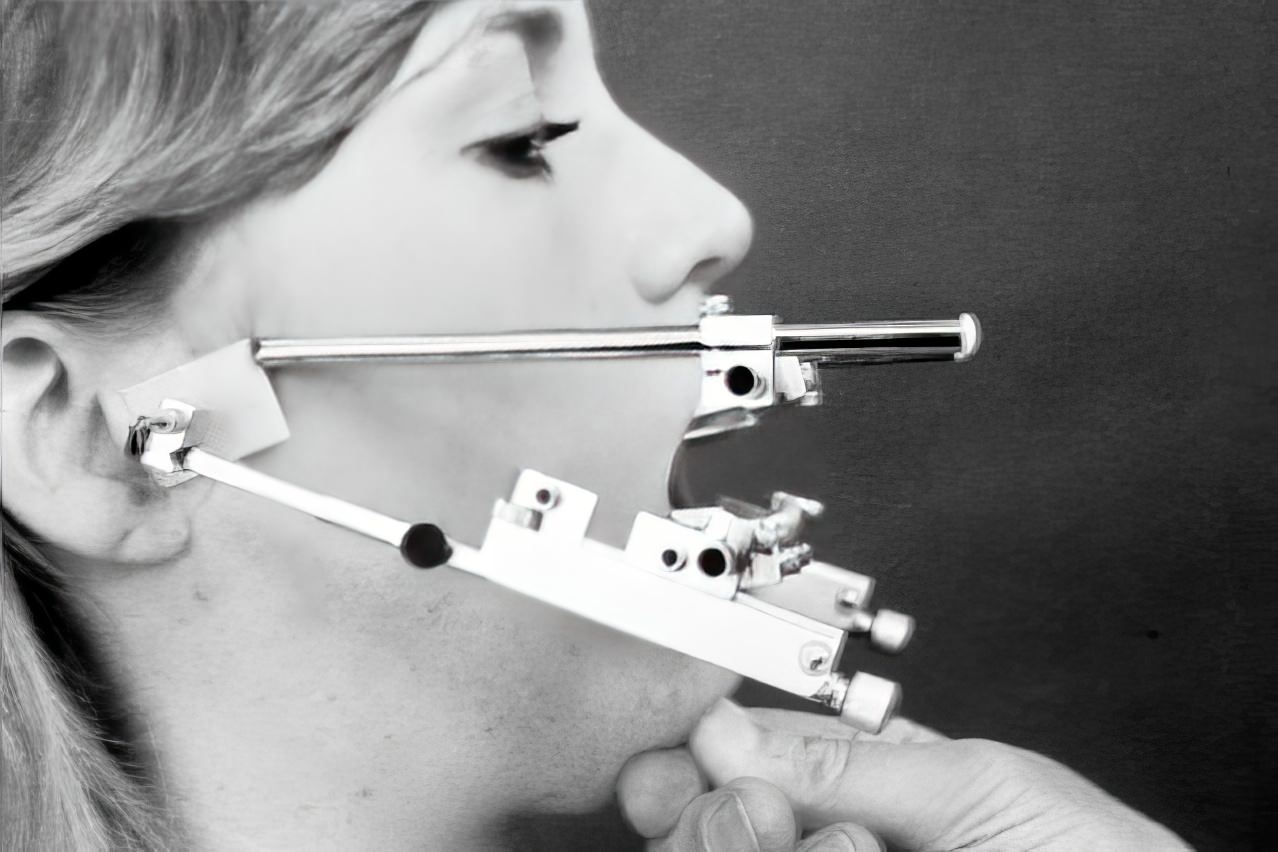
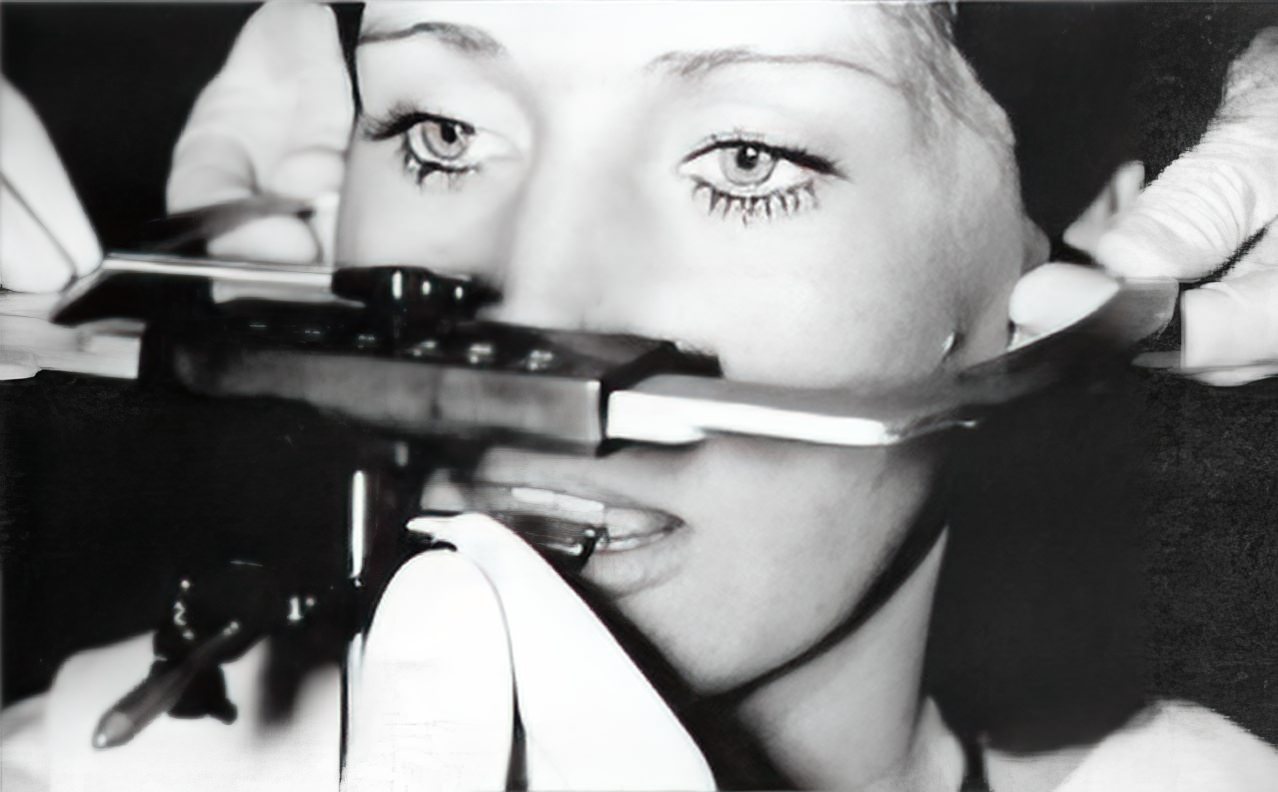
Before the advent of the gnathograph, fitting artificial teeth involved a significant amount of guesswork, often resulting in prosthetics that were uncomfortable or even painful for the patient. The introduction of the gnathograph improved this process by providing a scientific basis for the design and fitting of dentures, reducing the reliance on trial and error, and leading to outcomes that greatly enhanced patient satisfaction


